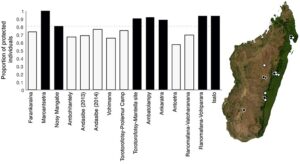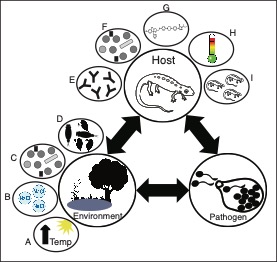
Treatment and mitigation strategies for chytridiomycosis
The invited review for the Encyclopedia of Life provides an overview and comparison of the two chytrid pathogens of amphibians and provides insight into disease management. Contributors include 5 students in the Woodhams lab.
Woodhams, D.C., Barnhart, K.L., Bletz, M.C., Campos, A.J., Ganem, S.J., Hertz, A., LaBumbard, B.C., Nanjappa, P. and Tokash‐Peters, A.G. (2020). Batrachochytrium: Biology and Management of Amphibian Chytridiomycosis. In eLS, John Wiley & Sons, Ltd (Ed.). doi:10.1002/9780470015902.a0027207
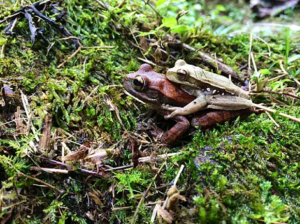
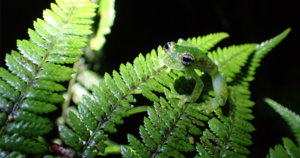
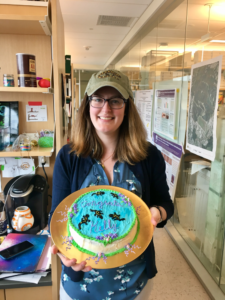
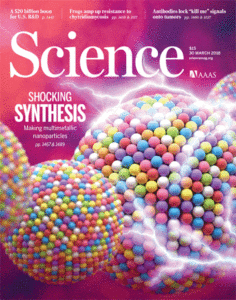
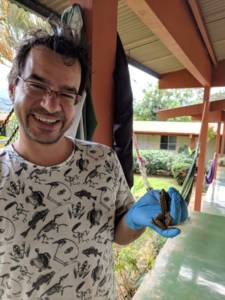
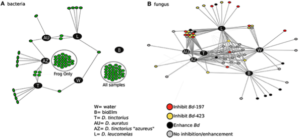
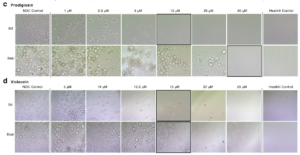
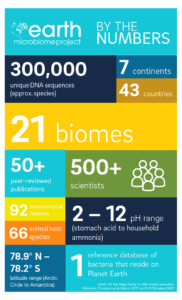 Dr. Woodhams contributes to the Earth Microbiome Consortium of over 500 scientists, and a new paper in Nature led by Luke Thompson, “A communal catalogue reveals Earth’s multiscale microbial diversity.” This will become a key database, and a framework to place future microbiome studies in a global context.
Dr. Woodhams contributes to the Earth Microbiome Consortium of over 500 scientists, and a new paper in Nature led by Luke Thompson, “A communal catalogue reveals Earth’s multiscale microbial diversity.” This will become a key database, and a framework to place future microbiome studies in a global context.